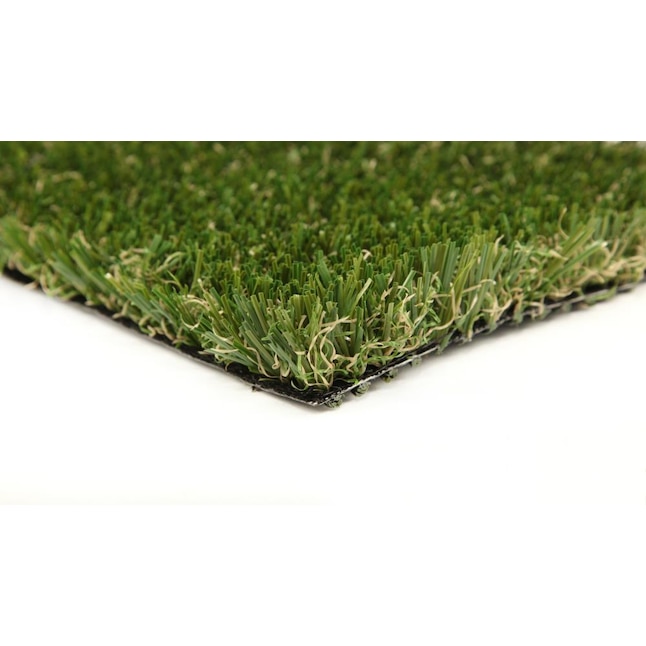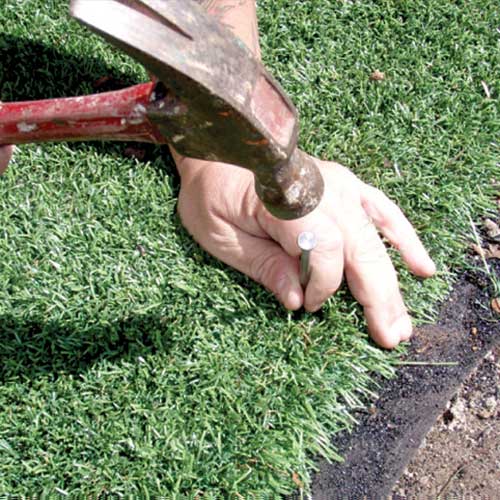Premium Arizona Turf Solutions for a Stunning and Green Landscape
Wiki Article
Explore the Environmental Perks of Opting for Synthetic Grass Solutions
The fostering of synthetic grass remedies offers an engaging possibility to attend to pushing environmental difficulties. By dramatically lowering water use and reducing the application of harmful chemicals, these options not just promote sustainable landscape design but likewise protect regional ecosystems. The reduced carbon footprint linked with lowered maintenance tasks contributes to a more lasting method to land management. The implications of these benefits expand beyond plain conservation initiatives, raising inquiries regarding their lasting effect on environment conservation and overall eco-friendly balance. Discovering these measurements discloses a complicated interaction worth thinking about.Water Conservation Advantages
One of the most significant advantages of synthetic grass is its capacity to conserve water. In comparison, artificial lawn does not require watering, considerably decreasing the total demand for water resources.By removing the requirement for regular watering, synthetic grass adds to lasting landscape techniques and aids mitigate the environmental impact of excessive water usage. The conservation of water prolongs to the decrease of overflow, which can lead to soil erosion and waterway contamination.
Furthermore, the installment of synthetic grass enables communities and home owners to allocate water sources more successfully, concentrating on vital usages such as drinking water and farming. The shift in the direction of synthetic grass not just promotes liable water use but likewise lines up with wider environmental goals focused on preserving all-natural sources.
As neighborhoods significantly prioritize sustainability, the water preservation advantages of artificial grass present an engaging situation for its fostering in business and domestic landscaping tasks.
Decreased Chemical Usage
The change to synthetic grass significantly decreases the dependence on chemical treatments generally used in natural turf maintenance. Standard turf monitoring usually involves the application of pesticides, plant foods, and herbicides to advertise growth and control parasites. These chemicals can present risks to human wellness, regional wildlife, and the setting, adding to soil and water contamination.In contrast, synthetic turf eliminates the need for these unsafe substances. By minimizing the release of synthetic compounds into the community, artificial grass promotes healthier dirt and water systems.
Moreover, the absence of chemical drainage associated with synthetic grass setups aids safeguard local rivers from pollution, sustaining water life and maintaining biodiversity. Phoenix turf companies. As areas progressively focus on sustainable techniques, selecting fabricated grass offers a feasible service that straightens with environmental preservation objectives. With this shift, homeowner can delight in lavish environment-friendly spaces without compromising environmental health and wellness, paving the means for a much more lasting future
Reduced Carbon Footprint

In addition, the installment of synthetic turf can result in substantial water conservation. All-natural lawns need considerable amounts of water for watering, which not only includes in the carbon impact associated with water extraction and treatment but additionally pressures local water resources. In comparison, synthetic grass requires marginal maintenance, needing no watering, thus dramatically reducing water use and its linked energy costs.
Additionally, the long life of synthetic grass adds to its lower carbon effect. With a life-span of approximately 15 years or even more, the need for constant substitutes is reduced, leading to less waste and reduced power intake in production and getting rid of typical grass alternatives. Overall, artificial grass offers a lasting option for eco mindful landscaping.
Environment Conservation
Environment preservation is an important factor to consider in the debate over landscape design selections, especially when comparing man-made turf to natural grass. All-natural lawn lawns commonly need considerable upkeep, including using herbicides, fertilizers, and pesticides, which can negatively affect local ecological communities. These chemicals can seep into the dirt and rivers, harming native flora and fauna and interrupting local environments.
Man-made grass gets rid of the demand for damaging chemicals, consequently shielding neighboring wild animals and keeping the honesty of bordering communities. The installation of artificial turf can lead to the conversion of former grass areas into even more biodiverse landscapes, such as pollinator yards or indigenous plant locations, which can sustain neighborhood wildlife.
Inevitably, the transition to synthetic grass not just conserves water and reduces upkeep efforts but additionally cultivates an extra harmonious relationship in between human tasks and the all-natural setting, advertising habitat conservation at the same time.
Long-Term Sustainability
Long-lasting sustainability is a crucial element in reviewing the advantages of synthetic grass over typical yard yards. Among one of the most considerable benefits of synthetic turf is its durability; it can last approximately 15-20 years with very little maintenance, whereas all-natural turf requires frequent reseeding and substitute. This long life minimizes the need for consistent sources, such as water, fertilizers, and pesticides, which are crucial for maintaining a healthy yard yard.Additionally, artificial lawn adds to a reduction in carbon emissions related to lawn treatment tools. Standard lawns typically require gas-powered lawn mowers, leaners, and blowers, all of which add to air pollution. Arizona turf. On the other hand, fabricated turf removes the need for such devices, advertising a cleaner setting
Moreover, the manufacturing of synthetic grass increasingly makes use of recycled materials, improving its sustainability profile. As suppliers adopt environmentally friendly techniques, the environmental footprint of man-made click to read grass remains to lessen.

Conclusion
The adoption of man-made grass options presents considerable environmental advantages, including considerable water preservation, reduced reliance on damaging chemicals, and a lower carbon footprint. Moreover, fabricated lawn help in protecting all-natural environments by lessening land disturbance and advertising lasting sustainability via the use of durable products. Collectively, these aspects underscore the possibility of synthetic grass to contribute positively to environmental wellness and use a feasible option to conventional landscaping techniques in a significantly resource-conscious globe.In contrast, fabricated grass does not require watering, considerably reducing the general need for water resources. By decreasing the release of artificial substances into the ecosystem, man-made turf advertises healthier dirt and water systems.
Additionally, the installment of fabricated lawn can result in considerable water preservation. In contrast, man-made turf requires minimal maintenance, calling for no watering, thus dramatically minimizing water usage and its connected power costs.

Report this wiki page